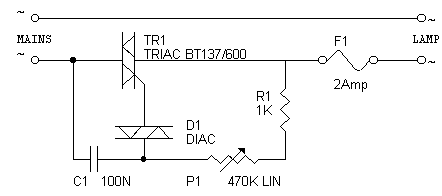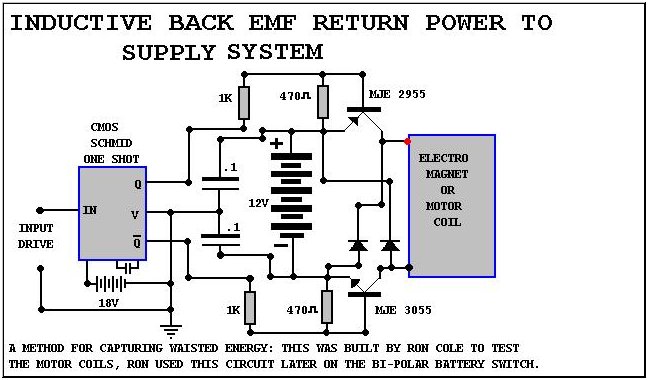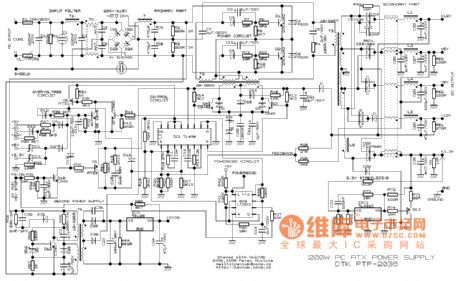
Dimmer Switch

Dimmer Switch - Dimmer Switch Working, Installation, Circuits and Explanation.
A dimmer switch is a device that allows for the adjustment of the brightness of a light fixture. It operates by varying the voltage and current supplied to the light source, which can be achieved through several methods, including phase-cut dimming, where either the leading or trailing edge of the AC waveform is clipped to reduce power to the load.
Installation of a dimmer switch typically involves replacing a standard light switch. This process requires turning off the power at the circuit breaker, removing the existing switch, and connecting the dimmer switch according to the manufacturer's wiring diagram. It is essential to ensure compatibility with the light bulbs being used, as not all dimmers work with all types of bulbs, such as incandescent, LED, or CFL.
In terms of circuitry, a basic dimmer switch consists of a control circuit and a power circuit. The control circuit includes a variable resistor or a microcontroller that adjusts the timing of the AC waveform, while the power circuit handles the actual load. Advanced dimmers may include features such as remote control, programmable settings, and integration with smart home systems.
Understanding the operation and installation of dimmer switches is crucial for ensuring optimal performance and compatibility with lighting systems. Proper selection and installation can enhance energy efficiency and provide a customizable lighting experience.Dimmer Switch - Dimmer Switch Working, Installation, Circuits and Explanation.. 🔗 External reference
A dimmer switch is a device that allows for the adjustment of the brightness of a light fixture. It operates by varying the voltage and current supplied to the light source, which can be achieved through several methods, including phase-cut dimming, where either the leading or trailing edge of the AC waveform is clipped to reduce power to the load.
Installation of a dimmer switch typically involves replacing a standard light switch. This process requires turning off the power at the circuit breaker, removing the existing switch, and connecting the dimmer switch according to the manufacturer's wiring diagram. It is essential to ensure compatibility with the light bulbs being used, as not all dimmers work with all types of bulbs, such as incandescent, LED, or CFL.
In terms of circuitry, a basic dimmer switch consists of a control circuit and a power circuit. The control circuit includes a variable resistor or a microcontroller that adjusts the timing of the AC waveform, while the power circuit handles the actual load. Advanced dimmers may include features such as remote control, programmable settings, and integration with smart home systems.
Understanding the operation and installation of dimmer switches is crucial for ensuring optimal performance and compatibility with lighting systems. Proper selection and installation can enhance energy efficiency and provide a customizable lighting experience.Dimmer Switch - Dimmer Switch Working, Installation, Circuits and Explanation.. 🔗 External reference





